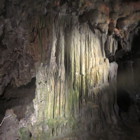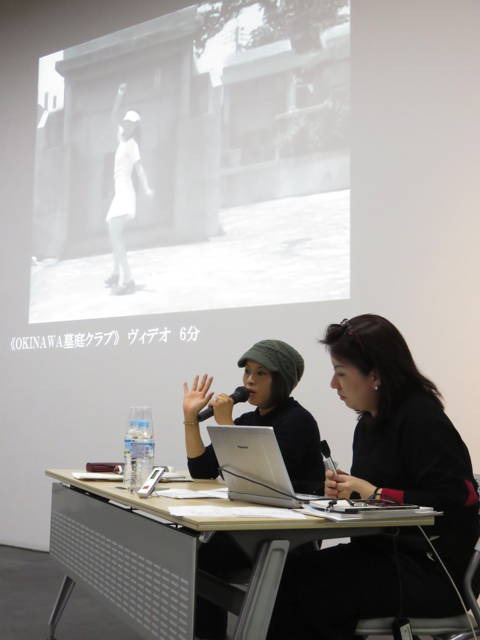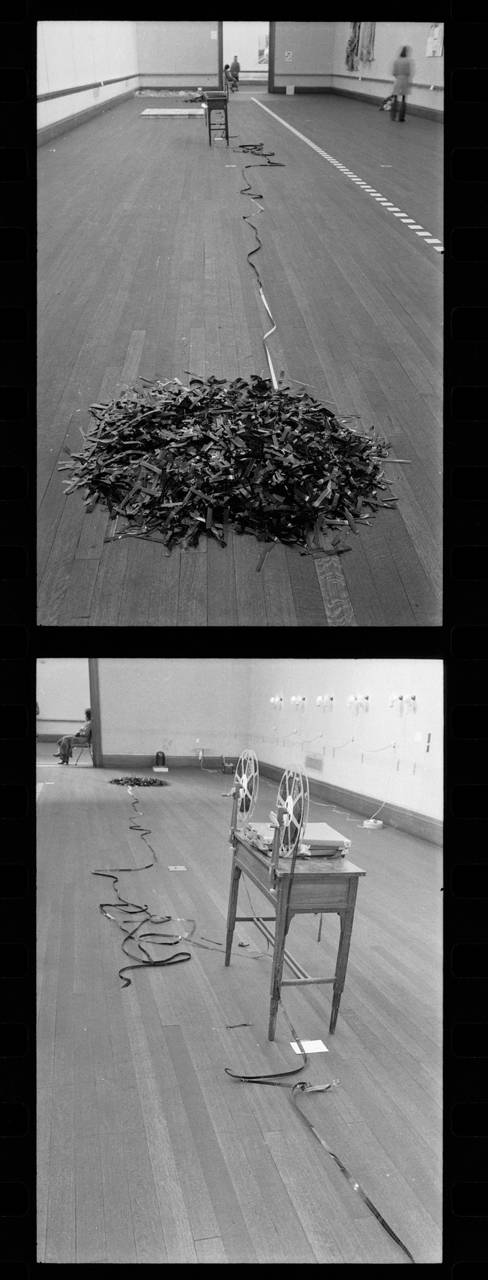Profile
- Research Subject
I have been studying contemporary German artists including Joseph Beuys and Gerhard Richter. German art in the 20th century was closely related to the real political society, and its research is truly thrilling.
- Research Fields
- Aesthetics/history of art
- Faculty - Division / Research Group / Laboratory
- Division of Humanities / Research Group of Cultural Diversity Studies / Laboratory of Aesthetics and History of Art
- Graduate School - Division / Department / Laboratory
- Division of Humanities / Department of Cultural Diversity Studies / Laboratory of Aesthetics and History of Art
- School - Course / Laboratory
- Division of Humanities and Human Sciences / Course of Philosophy and Cultural Studies / Laboratory of Aesthetics and History of Art
- Contact
Office/Lab: 616
TEL: +81-11-706-4087
FAX: +81-11-706-4087
Email: asa(at)let.hokudai.ac.jp
Replace “(at)” with “@” when sending email.Foreign exchange students who want to be research students (including Japanese residents) should apply for the designated period in accordance with the “Research Student Application Guidelines”. Even if you send an email directly to the staff, there is no reply.- Related Links
Lab.letters


Exploring the physical attraction of Japanese contemporary artwork using video-related media
In recent years I have primarily examined and researched Japanese contemporary artwork using video-related media. While some creators in the world of Japanese cinema in the 1960s promoted their expansion into a real, three-dimensional space, releasing them from the restriction of narratives, there were also some artists in the art world reactively creating video-related works that highlighted their physical and materialistic character more than their story or message. I would like to refer to these as “video works as sculpture,” “video works as installation art,” and “video works as performance.” I am now focusing my research on these trends in video expression in Kansai during the 1960s and 1970s, including those of Imai Norio and others, while also examining and recording Chikako Yamashiro and other remarkable Japanese video artists in this current generation.
Responding to new forms of expression based on comprehensive knowledge of art history and theory
I would like our students to have fundamental and comprehensive knowledge of art history, including contemporary art history after the 1950s and 1960s, which has been the main target of my research. When I was studying at university, professors exclusively taught traditional painting history that did not reflect the actual art scene, which was comprised of newer media such as movies, installation art (mixed media), performance art and art projects. Therefore, I have long aimed to bridge this gap by teaching and researching newer art media. Studying history and theory as comprehensively as possible enables people to not only be open to but also react to newer expressions and activities. Contemporary expressions often encourage us to face the actual problems around us that we tend to overlook. I believe one of the roles of universities is to provide such encounters.
Message
Among the School of Humanities and Human Sciences (including the Graduate School and the Faculty) conducting research based on languages, I think Aesthetics and History of Art is an exceptional discipline that focuses on research based on individual feelings. Languages, as you know, are shared by many people. Feelings, if scientifically(?) examined, may be explored by researching the feelings of the majority of people. However, the starting point for us researchers of Aesthetics and History of Art is what and how the individual (i.e., I/you) feels personally. Regardless of the field, I think art is an entity created by consecutive perspectives, viewpoints and quests of individuals―even if it is artwork that denies originality or clearly reflects locality. In addition, researchers try to face that pursuit as a human being, but the fact is that facing the human we intend to pursue is quite difficult (and something that I myself cannot do yet). Still, opportunities to explore artworks and carry out artistic inquiries do not come universally to anyone at any time. I hope the laboratory of aesthetics and history of art will serve as a hub for those who wish to face a particular person (or artwork).




